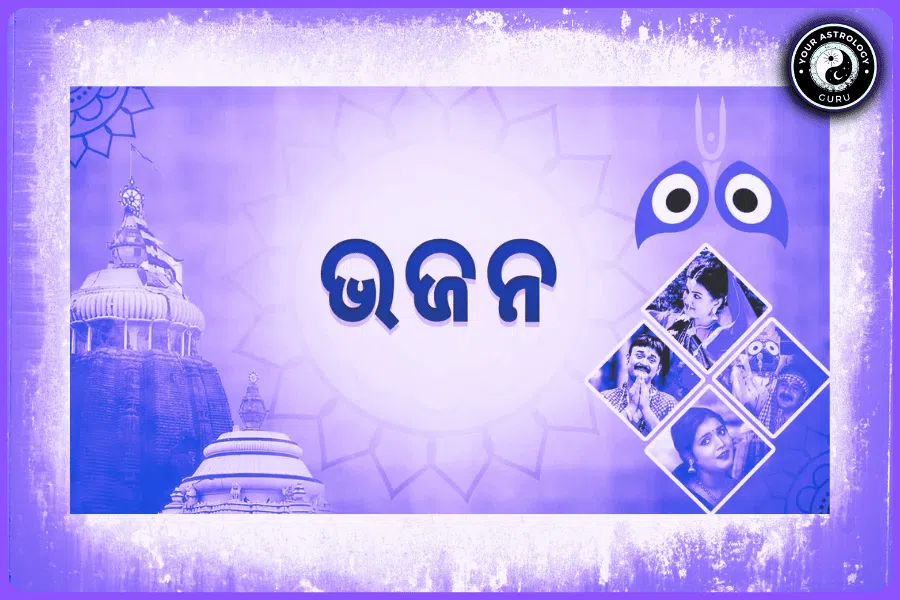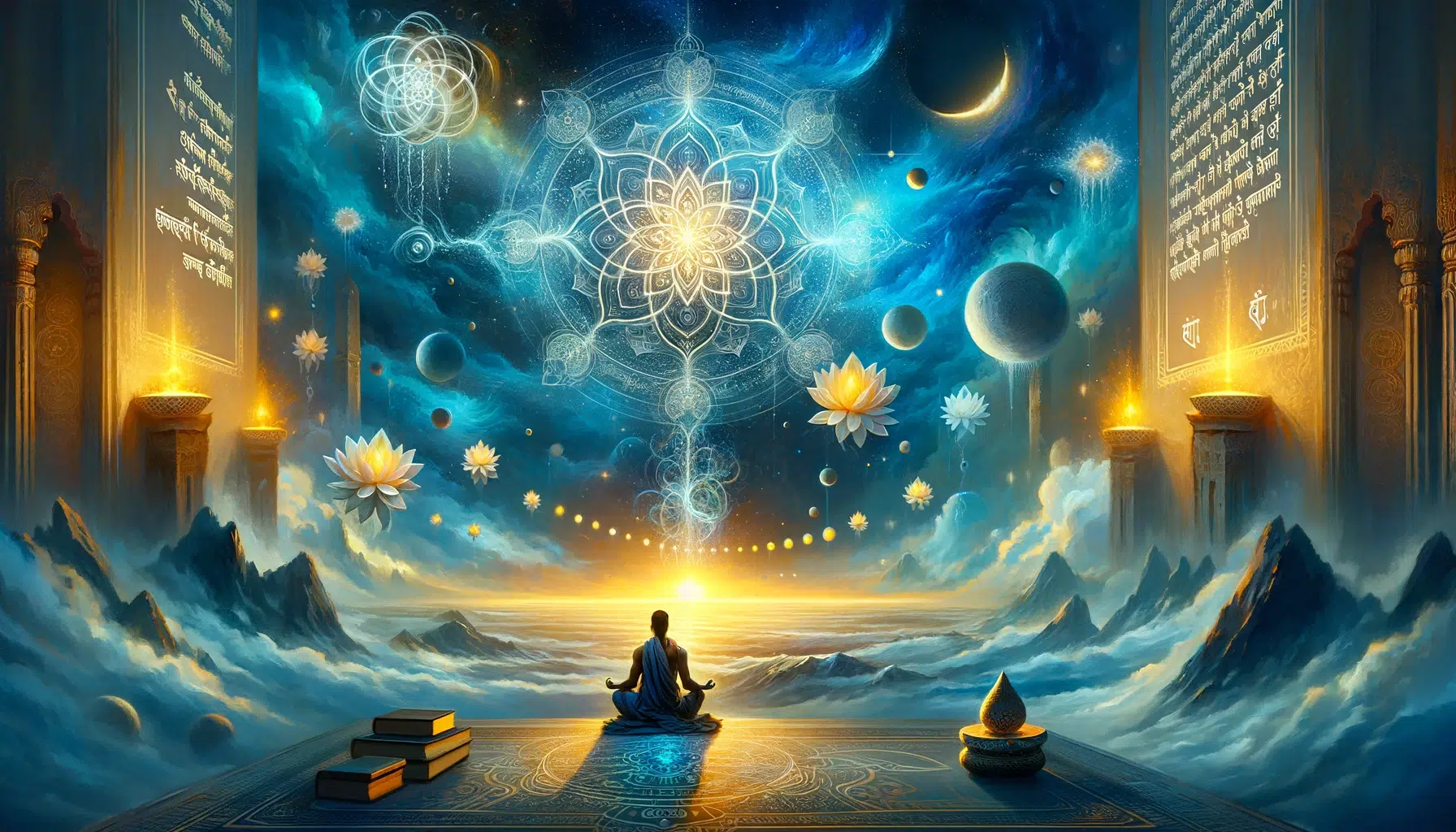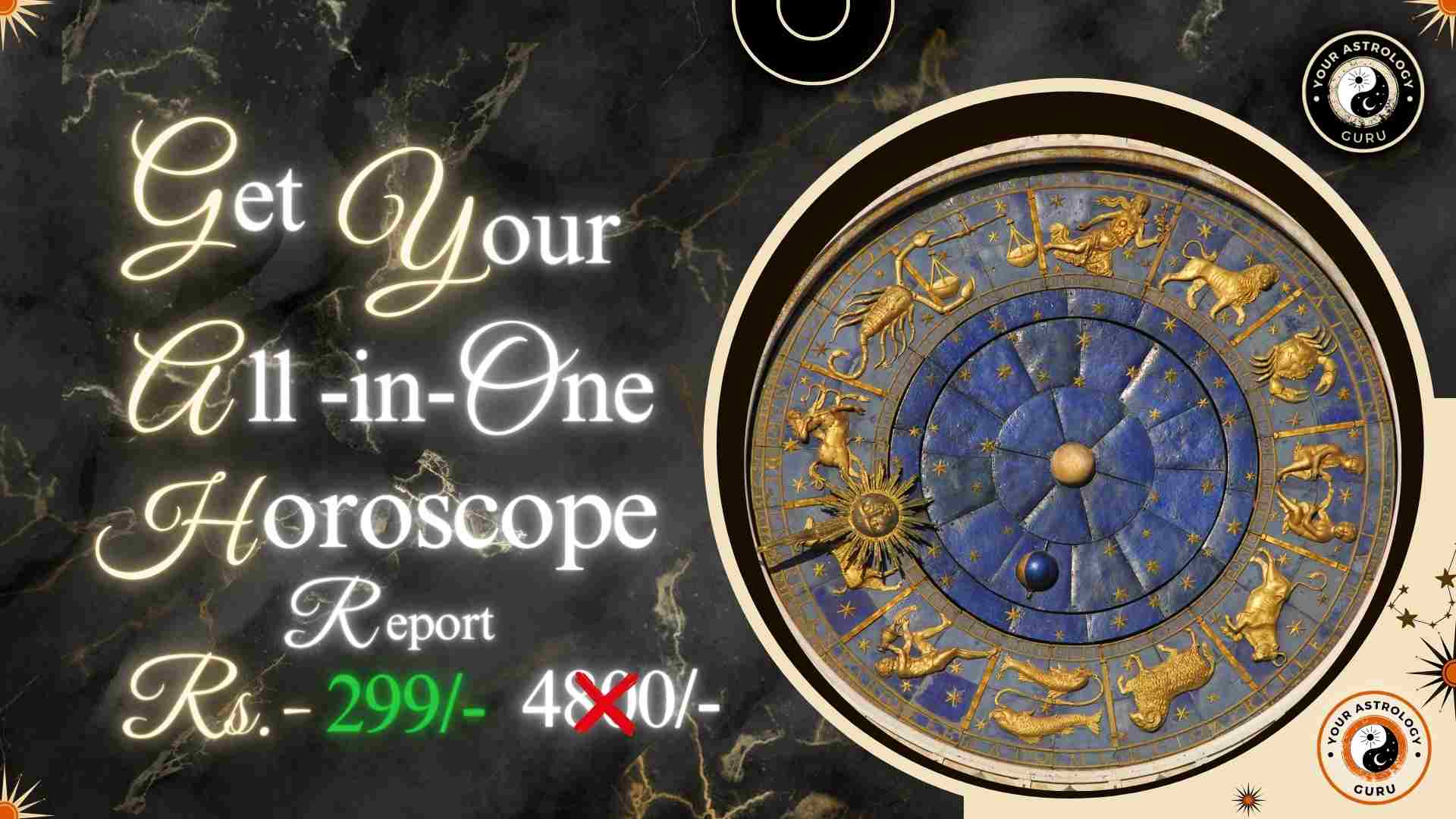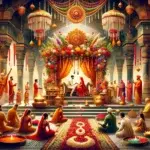The Narad Puran is one of the eighteen Mahapuranas, a genre of ancient Hindu texts that are considered sacred scriptures in Hinduism. These texts contain a wealth of knowledge about various aspects of Hindu mythology, philosophy, and culture. The Narad Puran, in particular, is named after the sage Narad Muni, who plays a significant role in Hindu mythology. Hindu mythology holds great importance in Indian culture, as it provides a framework for understanding the world and one’s place in it. It also serves as a source of inspiration and guidance for individuals seeking spiritual growth and enlightenment.
Table of Contents
The Legend of Narad Muni
Narad Muni is a prominent figure in Hindu mythology and is often depicted as a sage who travels between different realms and imparts wisdom to gods, humans, and other beings. He is known for his melodious singing and playing of the veena, a musical instrument. Narad Muni is considered to be the son of Lord Brahma, the creator of the universe. He is also believed to be an eternal being who has witnessed the creation and destruction of multiple universes.
In Hinduism, Narad Muni is revered as a divine messenger and a devotee of Lord Vishnu. He is often depicted as a mischievous character who stirs up trouble or creates misunderstandings among gods and humans. However, his actions are ultimately meant to teach important lessons and bring about positive change.
Understanding the Role of Narad Puran in Hindu Culture
The Puranas are a collection of ancient texts that are considered to be an integral part of Hindu religious literature. They are written in Sanskrit and contain stories, legends, genealogies, cosmology, philosophy, and rituals associated with Hinduism. The Puranas serve as a bridge between the Vedic period and the modern era, providing valuable insights into the evolution of Hinduism over thousands of years.
The Narad Puran is one of the eighteen Mahapuranas and is dedicated to the sage Narad Muni. It contains a wide range of topics, including cosmology, mythology, genealogy, geography, and philosophy. The text also provides guidance on various aspects of life, such as morality, ethics, and spirituality. The Narad Puran is considered to be a valuable source of knowledge and wisdom for Hindus, as it offers insights into the nature of reality and the path to spiritual liberation.
The Structure of Narad Puran: An Overview of the Chapters
The Narad Puran consists of 125 chapters, divided into two parts. The first part contains 92 chapters and focuses on cosmology, mythology, and genealogy. It provides detailed descriptions of the creation of the universe, the genealogy of gods and sages, and the stories of various deities. The second part contains 33 chapters and focuses on rituals, festivals, and spiritual practices.
The chapters in the Narad Puran are organized thematically, with each chapter focusing on a specific topic or story. Some of the key themes covered in the text include the creation of the universe, the lives and exploits of gods and sages, the importance of dharma (moral duty), the concept of karma (the law of cause and effect), and the power of meditation and yoga.
The Creation Story: A Journey Through the Beginning of Time
According to the Narad Puran, the universe is believed to go through cycles of creation, preservation, and destruction. The creation story begins with Lord Vishnu sleeping on a serpent in the cosmic ocean. From his navel emerges a lotus flower, on which Lord Brahma is seated. Lord Brahma then creates the universe by speaking sacred words known as mantras.
The creation story also introduces various key figures and events. For example, it describes the birth of the gods, demons, and humans, as well as the emergence of the four yugas (ages) – Satya Yuga, Treta Yuga, Dvapara Yuga, and Kali Yuga. Each yuga is said to be characterized by a different level of moral and spiritual decline, with Kali Yuga being the most degenerate.
The Deities of Narad Puran: An Introduction to Hindu Gods and Goddesses
The Narad Puran introduces readers to a wide range of deities worshipped in Hinduism. Some of the major deities mentioned in the text include Lord Brahma, Lord Vishnu, Lord Shiva, Goddess Lakshmi, Goddess Saraswati, and Goddess Durga. Each deity is associated with specific qualities and powers and is worshipped for different purposes.
Lord Brahma is considered to be the creator of the universe and is often depicted with four heads and four arms. Lord Vishnu is the preserver of the universe and is believed to incarnate on Earth whenever there is a decline in righteousness. Lord Shiva is the destroyer of evil and is often depicted as a meditating ascetic.
Goddess Lakshmi is the goddess of wealth and prosperity, while Goddess Saraswati is the goddess of knowledge and learning. Goddess Durga is worshipped as the divine mother who protects her devotees from evil forces. These deities play a central role in Hindu worship and are revered by millions of Hindus around the world.
The Concept of Karma: Exploring the Law of Cause and Effect
Karma is a fundamental concept in Hinduism that refers to the law of cause and effect. It states that every action has consequences, both in this life and in future lives. According to the Narad Puran, karma determines one’s destiny and is influenced by one’s thoughts, words, and actions.
The Narad Puran explains that there are three types of karma – sanchita karma (accumulated karma from past lives), prarabdha karma (karma that is currently being experienced), and agami karma (karma that will be experienced in future lives). It emphasizes the importance of performing good deeds and avoiding negative actions in order to accumulate positive karma and attain spiritual liberation.
The Importance of Dharma: Understanding the Moral Code of Hinduism
Dharma is another key concept in Hinduism that refers to one’s moral duty and righteousness. It is believed to be the foundation of a harmonious and just society. The Narad Puran explains that dharma is based on the principles of truth, honesty, compassion, and selflessness.
The text provides guidance on various aspects of dharma, including social responsibilities, ethical conduct, and spiritual practices. It emphasizes the importance of leading a virtuous life and fulfilling one’s duties towards oneself, family, society, and the divine. The Narad Puran also highlights the consequences of neglecting one’s dharma and straying from the path of righteousness.
The Power of Meditation and Yoga in Hinduism
Meditation and yoga are integral practices in Hinduism that are believed to lead to spiritual growth and self-realization. The Narad Puran provides detailed instructions on various meditation techniques and yoga postures. It explains that through meditation, one can attain a state of deep concentration and connect with the divine within.
The text also highlights the benefits of regular meditation and yoga practice, such as improved physical health, mental clarity, emotional well-being, and spiritual awakening. It emphasizes the importance of discipline, focus, and perseverance in these practices.
The Significance of Festivals in Hinduism: Celebrating the Divine
Hinduism is rich in festivals and celebrations that are an integral part of the religious and cultural fabric of India. The Narad Puran mentions several major Hindu festivals and provides insights into their significance and rituals.
For example, Diwali, also known as the Festival of Lights, is celebrated to commemorate the victory of light over darkness and good over evil. It is a time for families to come together, light oil lamps, exchange gifts, and offer prayers to Goddess Lakshmi for wealth and prosperity.
Holi, the Festival of Colors, is celebrated with great enthusiasm and joy. It involves throwing colored powders and water at each other, singing and dancing, and indulging in festive foods. Holi is a time for people to let go of their inhibitions, forgive past grievances, and celebrate the arrival of spring.
The Relevance of Narad Puran in Modern Times
The Narad Puran continues to be relevant in modern times as it offers valuable insights into various aspects of Hinduism and provides guidance on leading a virtuous and meaningful life. The text teaches important lessons about morality, ethics, spirituality, and the pursuit of self-realization.
In today’s fast-paced world, where individuals are often disconnected from their spiritual selves, the Narad Puran serves as a reminder of the importance of introspection, self-discipline, and compassion. It encourages individuals to cultivate positive qualities such as love, kindness, and forgiveness in their interactions with others.
Preserving Hindu mythology and culture is crucial for maintaining a sense of identity and heritage. The Narad Puran plays a significant role in preserving Hindu mythology by passing down ancient wisdom from one generation to the next. By studying and understanding texts like the Narad Puran, we can gain a deeper appreciation for Hinduism’s rich cultural heritage and its relevance in today’s world.














